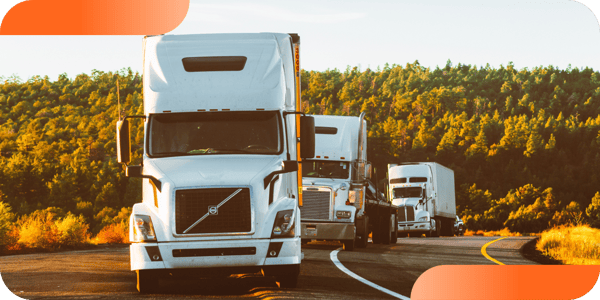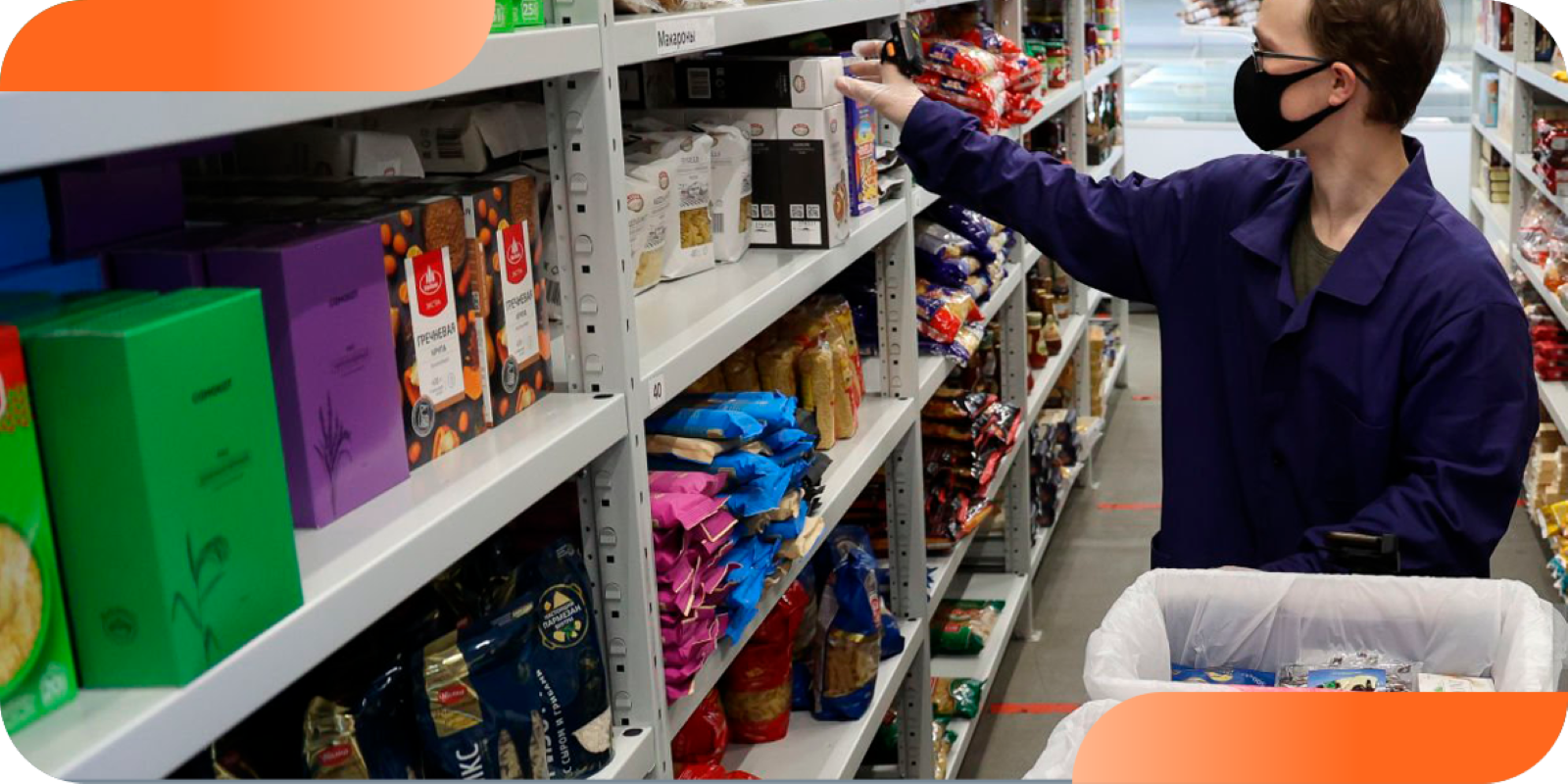Transportation
Top 5 Benefits of Fleet Tracking (number 4 is our favorite)

Freight transportation is essential for our daily lives. Most of the products we consume daily travel hundreds of miles before reaching our hands. An estimated 97% of parcel recipients expect to have some degree of visibility into their order status. Therefore, real-time monitoring of all shipments is paramount.
Vehicle tracking is much more than watching a truck moving through a screen: it is valuable information to optimize our supply chain and improve customer service.
What is fleet tracking?
Fleet tracking is knowing where shipments are at all times, at every point between their origin and final destination. It usually works in one of two ways:
-
Through vehicle-integrated GPS devices, or
-
Through a mobile device app
GPS tracking is convenient when cargo safety is the priority. A GPS device can enable security mechanisms such as panic buttons and engine shut-offs, among other measures. On the other hand, a mobile app can collect helpful information and improves communication with the carrier. However, it provides little functionality to promote cargo safety.
The benefits of fleet tracking using a mobile app are vast. Keep reading to explore the top 5 benefits of monitoring your fleet with a mobile device:
-
Automatization
Knowing the location of a shipment opens up many possibilities for automating repetitive tasks. Automation allows the consignee to locate his order online. Without mobile tracking, he must contact customer service, who then calls the driver to find out his location. Automating this process, in addition to saving the time of three different people, guarantees the accuracy of the information.
Other automated processes include push notifications about route exceptions, delays, and unplanned stops. A mobile app can send an SMS or email to your customers about changes to Estimated Times of Arrival (ETA), proximity alerts, and delivery confirmations.
-
Orchestration
Collecting and analyzing data is the easiest way to avoid supply chain disruptions. Knowing the ETA of a truck eases receiving activities, such as assigning a dock and having the right staff to unload the goods. In addition, companies can enforce cross-docking at their warehouse to reduce time, space, and inventory.
Your trading partners can use this information to orchestrate their processes and strategies. For example, they can inform store managers when new products are available.
-
Productivity
The sole purpose of a truck is to transport goods. The time it is parked waiting to be unloaded reduces its productivity. High wait times poison the transportation industry, as the effects often impact the health and safety of operators.
Drivers retained for at least one hour are 6.2% more likely to be involved in a traffic accident.
An effective measure to reduce waiting times is to notify your customer about the load's ETA. This way, the customer can get ready to unload the truck at its arrival time.
Another good practice to speed up receipt is to keep track of wait times. It is possible to obtain valuable information like the costs associated with detention and driver productivity by recording waiting times. If a specific customer repeatedly retains drivers, it can be helpful to show them a wait time report to seek a solution jointly.
-
Performance
Managing a driver's performance can be complex; doing so without tech that provides real-time information makes it almost impossible. The lack of visibility prevents the identification of irregularities; therefore, corrective measures may not be taken. In addition, deviations from the route plan can negatively affect delivery promises and service satisfaction. A tracking solution connected to a telemetry system (a system that collects information from vehicle sensors) can help eliminate more than 95% of negligence acts and traffic violations, improving diver KPIs, such as:
-
Distance traveled vs. distance planned
-
On-time deliveries
-
Speeding and harsh acceleration
-
Fuel consumption
-
Vehicle idling time
-
Customer Loyalty
The cost of acquiring a customer is between 5 and 7 times higher than the cost of retaining it. However, companies typically spend 15 to 20 times more resources acquiring new customers than retaining existing ones. This strategy usually generates lower growth rates than expected due to high attrition rates.
Fleet tracking systems improve consumer loyalty by increasing the number of on-time deliveries, providing visibility into the status of orders, reporting ETAs, and improving accuracy with digital PODs.
What does it take to start monitoring my fleet?
Although fleet tracking systems offer several benefits, integrating them into a business can be complex due to the new controls that come into play. The key to success lies in involving carriers and operators during the implementation process. Breaking down the benefits during onboarding sessions can reduce resistance enormously. Reduced wait times, increased productivity, and performance bonuses are usually enough to convince most drivers. At the same time, the idea of securing more trips encourages carriers to participate in the project actively.
--> Discover 5 ways to solve last-mile problems in 2024 <--
Follow us on LinkedIn to stay informed!

Carlos Diaz
I have a BSc in Industrial Engineering from Tecnologico de Monterrey and a MSc in Financial Engineering and Risk Management from Imperial College London. I enjoy writing about the issues I’ve helped my clients solve over my almost 20 years’ experience as a supply chain consultant.


